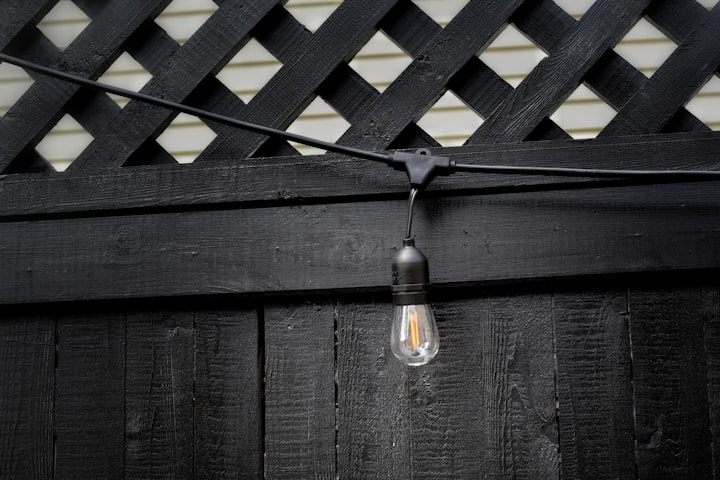How to Plant Wildflowers in the Garden
Actionable advice
First of all, congratulations! If you read this article, it means that you are lucky enough to have a garden at your disposal.
From the mornings spent drinking your coffee, caressed by the warm sunlight, to the invaluable moments you experience gardening, there are some very special moments waiting for you in your little corner of Heaven.
One of the best choices you can make? Wildflowers! Giving the impression of wildness, unrestricted freedom, they will beautify your garden! In addition, they are very easy to care for, so you don't have to worry too much about them!
Find out everything you need to know about planting wildflowers below!
The stages of planting wildflowers
They are beautiful, and their wildness erases that "too neat" impression that spoils the facade of many gardens. After all, in your intimate space, you want to relax, not feel like you are stepping into an impeccable museum of plants.
And the ultimate advantage of wildflowers is that they do not require too much time: being accustomed to growing in open spaces, where no one cares about them, they will not become a burden, but will only bring you joy in life.
Most wildflowers do not require special soils, nor do they need too much water or excess fertilizer.
However, there are some steps you need to take to make sure that your flower garden is neat!
Choose wildflowers. Specialists advise you to opt for local wildflower species when planting. Don't just focus on the ones you like, because they can be incompatible with the soil you have.
Also take into account the space you have at your disposal, as many species of wildflowers grow large and will annihilate the most delicate ones. The merchants from whom you procure the seeds can provide you with all this information.
You can plant wildflowers at the edge of the land where you grew vegetables or in pots around the house. Superb options for Romania are daisies, pansies, bells, and landscapers recommend planting them in regions that are already rich in grass.
Prepare the soil. Even if they are unpretentious, the wildflower species need a little attention. Choose a place where the sunlight shines for as long as possible, as most people prefer to be exposed to the sun.
Removes weeds that could suffocate the plants and keeps their growth under control. Test your soil to see if it drains water well and has a pH of 6–6.5. If it does not meet these conditions, use organic fertilizers or fertilizers to remedy the situation.
Plant the seeds. We have reached the last step! Buy seeds from the market or from a local specialty store to make sure the species is compatible with the soil in your area. The best time to plant them in either spring or fall, while it is still beautiful outside.
It is recommended to sow one species at a time because if you mix them from the beginning, you risk different types of wildflowers growing on top of each other. To ensure that your beautiful plants grow evenly, mix the seeds with a handful of sand so that you have enough space for them.
How to take care of your wildflowers
Here are the best tips for taking care of your wildflowers!
Water them as needed. After planting the seeds, make sure that the soil is moist, to ensure their growth in the best conditions. Once the flowers are about 2.5–5 centimeters, stop this cycle and moisturize them only when the soil is very dry. Ripe wildflowers do not need too much water.
Provide them with soil fertilizer only if needed. When you talk to the trader from whom you buy the seeds, ask him about the subject of soil fertilizers. In general, wildflowers do not need to be added to the soil.
Watch them with love. Protect your wildflowers and they will grow more beautiful than ever! If you notice that the grass is not letting them bloom, mow it more often or use certain plants that inhibit its growth, such as St. John's wort.
Also, monitor the relationship between flowers: some can take over space, destroying the most delicate ones. Over time, you will notice a pattern in their growth, so after a year or two, you can replant the seeds in places where nothing has come to the surface.






Comments
There are no comments for this story
Be the first to respond and start the conversation.